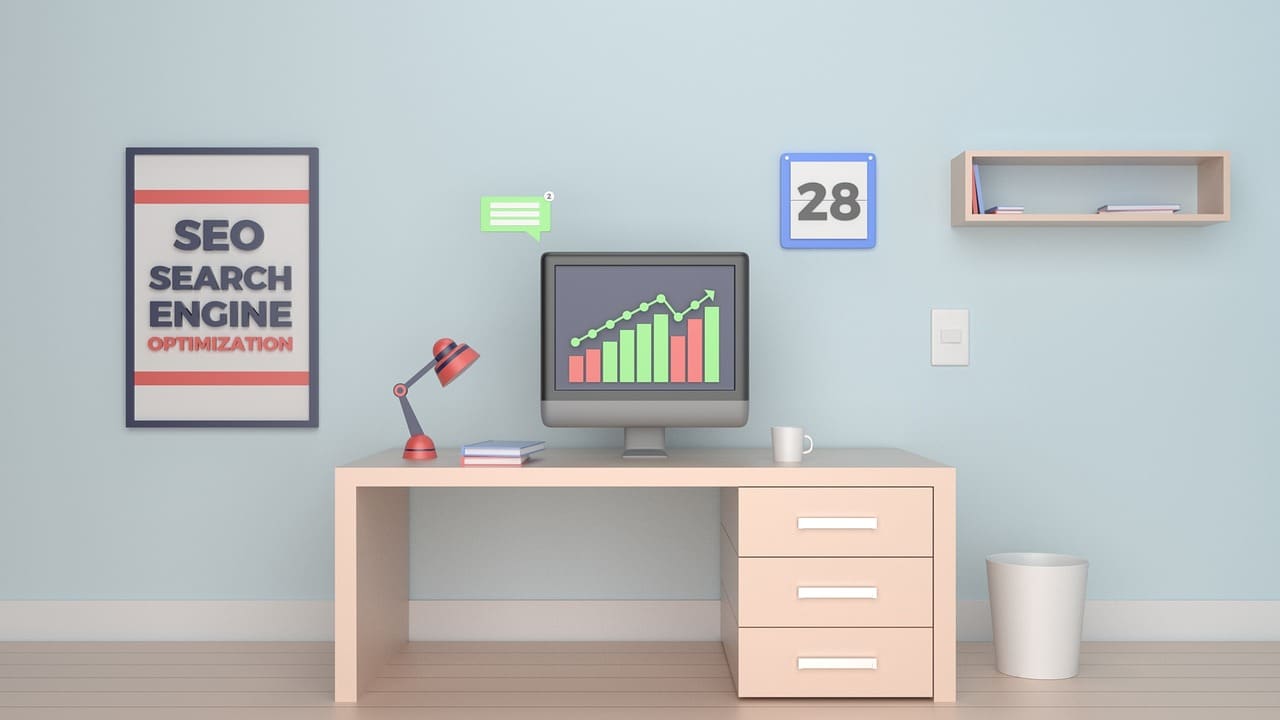Is your business website already up and running but it doesn’t generate any visitors? This is a common problem for small business owners, particularly those who are so strapped for cash that they take the build-it-and-forget-it approach. No matter how small your budget is, there’s no excuse for ignoring the power of SEO. Thankfully, you can get started by making simple on-page optimization tweaks. Here are a few tips to make your small website more search-engine and user-friendly.
IMAGE: PIXABAY
1. Make User-Friendly URLs
SEO Resellers Canada explains that many webmasters focus on their content and ignore the technical elements of their website. The URL, for one, is usually taken for granted. But did you know that the URL plays a huge role in giving your web page an SEO boost?
Both Google and your visitors want to get an idea of your content by just looking at the URL. You never want it to be a mix of random letters and numbers. Instead, be sure that it contains your target keyword. If you’re using a content management system such as WordPress, editing the URL should be easy. In most cases, it is derived from the title of your post.
2. Optimize Your Titles
The title of your post is a huge ranking factor, so always take the time to optimize it by including your target keywords. This doesn’t entail picking the keyword with the highest search volume. You need to carefully evaluate the user intent behind each keyword in order to determine what potential visitors want to see on your website.
And of course, your titles should be catchy as well. It can be difficult to strike the perfect balance between an engaging title and one that contains your target keyword. Remember that no matter how awesome your content is, nobody might click on it because of a boring headline.
3. Create Internal Links
Many webmasters decide to start their link building campaign without optimizing their internal link structure. In fact, internal links are one of the most underutilized on-page optimization techniques. By linking to relevant pages within your website, you improve overall user experience by making it easier to navigate your website. You can also give your low-ranking pages a boost by inserting their links in your top-performing pages.
4. Improve Site Speed
Online users are usually not patient enough to wait for a slow website to load. They will just hit the return button and browse another website. You never want potential visitors to leave without even seeing your content. Optimizing your website for better site speed can provide a more significant ranking boost than you’d imagine. This is because of the recent implementation by Google of their mobile-first index.
5. Use Responsive Design
Unless you’ve been living under a rock, you should know that there are now more mobile searches than desktop searches. It’s imperative that you meet the needs of your mobile audience, which can be easily achieved by using responsive design. Basically, this means that your website can be used with ease regardless of the kind of device visitors are using. Not to mention, a mobile-friendly website also enjoys a higher conversion rate. Use Google’s Mobile-Friendly Test to determine how well you measure up to the competition in terms of mobile-friendliness.
If you are interested in even more website-related articles and information from us Bit Rebels then we have a lot to choose from.


COMMENTS